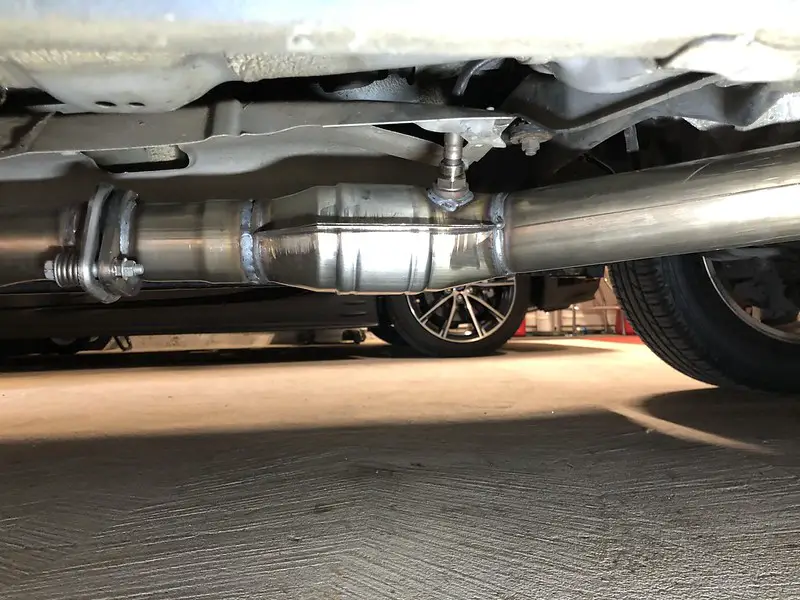

The catalyst causes the gasses to quickly degrade into less harmful substances, like carbon dioxide and water. It forces the exhaust gasses to come in contact with a chemical catalyst, in this case the metals platinum or palladium.

The way that the catalytic converter functions is simple. It is the catalytic converter’s job to reduce these harmful emissions as much as possible in order to protect the air we breathe. Waste gasses from the motor contain harmful smog chemicals such as hydrocarbons, carbon monoxide and nitrogen oxides. The catalytic converter is part of the vehicle’s emissions control systems. To explain why a high-flow cat is more efficient, first it’s important to understand what the catalytic converter does and how. The catalytic converter can also be one of the main “choke points” or obstructions in the exhaust system, so replacing it can yield a definite increase in horsepower and overall performance. The term cat-back is where the catalytic converter (or cat, for short) is the next link in the chain as the exhaust system is traced back towards the motor. A high flow catalytic converter is usually the next step in increasing exhaust system performance after installing an aftermarket system, particularly a “cat-back” system.


 0 kommentar(er)
0 kommentar(er)
